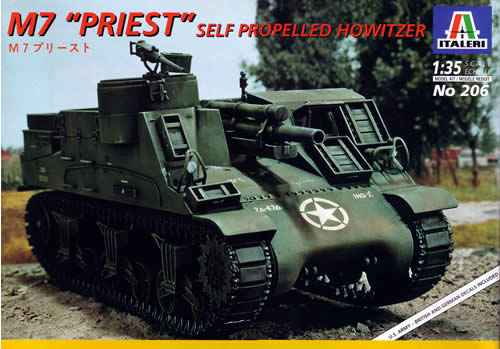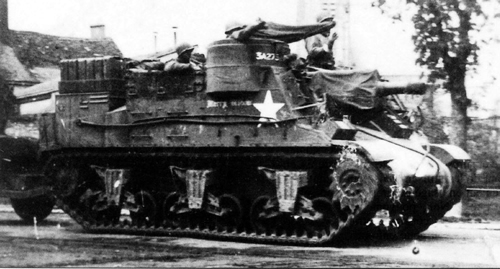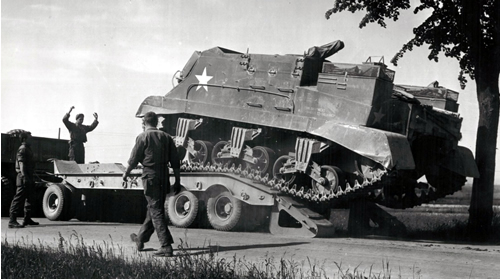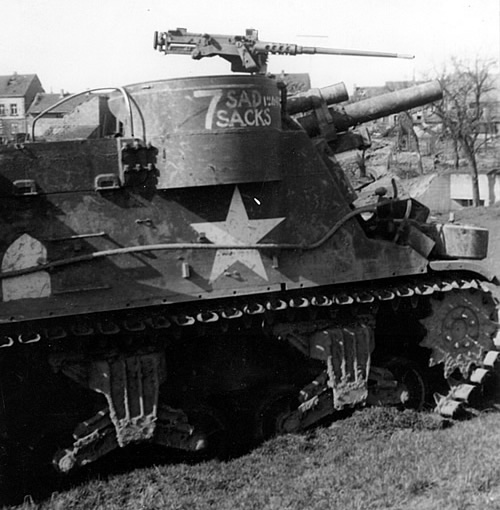|
Building
the Italeri Late M7 Priest |
 |
 Italeri This was one of the first kits I built when I got back to the hobby in 1990. I was aided and abetted by Shep Paine's book on building AFV models and The Verlinden Way II, as it was featured in both. It prompted my first aftermarket kit purchase, Verlinden's 105mm ammo set. Had to have something to put in those ammo bins! I still have the finished model—and it serves as a reminder of how far I've come over the years! The Italeri kit is long in the tooth, but given its age, it's amazingly faithful to the technical manual TM9-7311E, Carriage, Motor, 105-mm Howitzer, M7, from August 1944. This TM also provides a list of stowage and special tools and their locations on the vehicle, which was a great help in determining what add-ons needed to go where. The M7 Priest, based on the M3 Lee chassis, underwent numerous changes during the production run of 3,490 vehicles between the spring of 1942 and spring of 1945. These changes were introduced throughout the manufacturing process, and some vehicles were upgraded during maintenance in the field, so while there are some distinctive "markers" that separate early, mid, and late versions, there are also features that were more fluid in their appearances and may be seen in one mid version M7, but not in another one. The follow-on M7B1 was based on the M4A3 Sherman hull and superstructure, and, produced in limited quantities, did not see much action in Europe.
These rolling changes make research a bit challenging. The most significant features of the late M7 were the pulpit with the standardized lower extension that provided more stowage space, raised return rollers on the suspension units, a different configuration for the interior bulkhead wall, baskets atop the rear stowage boxes, rear overhang without the notch out of the lower portion, an exhaust deflector grate, and elimination of the pair of gas fume vents on the engine deck. The lights are also lowered from the top regions of the front armor.
Along with the TMs and numerous online photos, other references used for this build included Tankograd's excellent U.S. WWII 105mm Howitzer Motor Carriages M7 & M7B1 Priest, Steven Zaloga's U.S. Armored Artillery in World War II, Jim Mesko's U.S. Self-Propelled Guns in Action, (albeit with some errors in the text and photos), Richard Hunnicutt's Sherman, and Chris "Toadman" Hughes' 105mm H.M.C. M7, M7B1, and M7B2 Photo Detail CD. Also available but not sourced are Allied-Axis #17 and Steve Zaloga's article in Military Modeling. The downsides of the kit are relatively few. Like many of the old Italeri models (and the 2007 Academy Priest), this one has a wealth of ejector pin marks and some sink holes that need to be filled. There's no flash to speak of, but examine the parts to determine if any edges need to be smoothed and squared. You'll get some use out of your hobby knife and sanding sticks!
This kit is helped considerably with the Eduard photoetch set #35446. But be aware that this set (itself an update of an earlier version), includes numerous parts that will backdate some features of the model to a late early or intermediate version, without any explanation of what may or may not be appropriate for the late M7. Using the above references is essential if you're interested in accuracy. Eduard also has several individual sets focusing on the exterior, interior, mesh screens, and fording stacks. These offer even more details, but research still will be necessary to confirm proper usage. Introduction |
 |
 |
 |
 |
 |
 |
 |
 |
 |
 |
 |
 |
|


